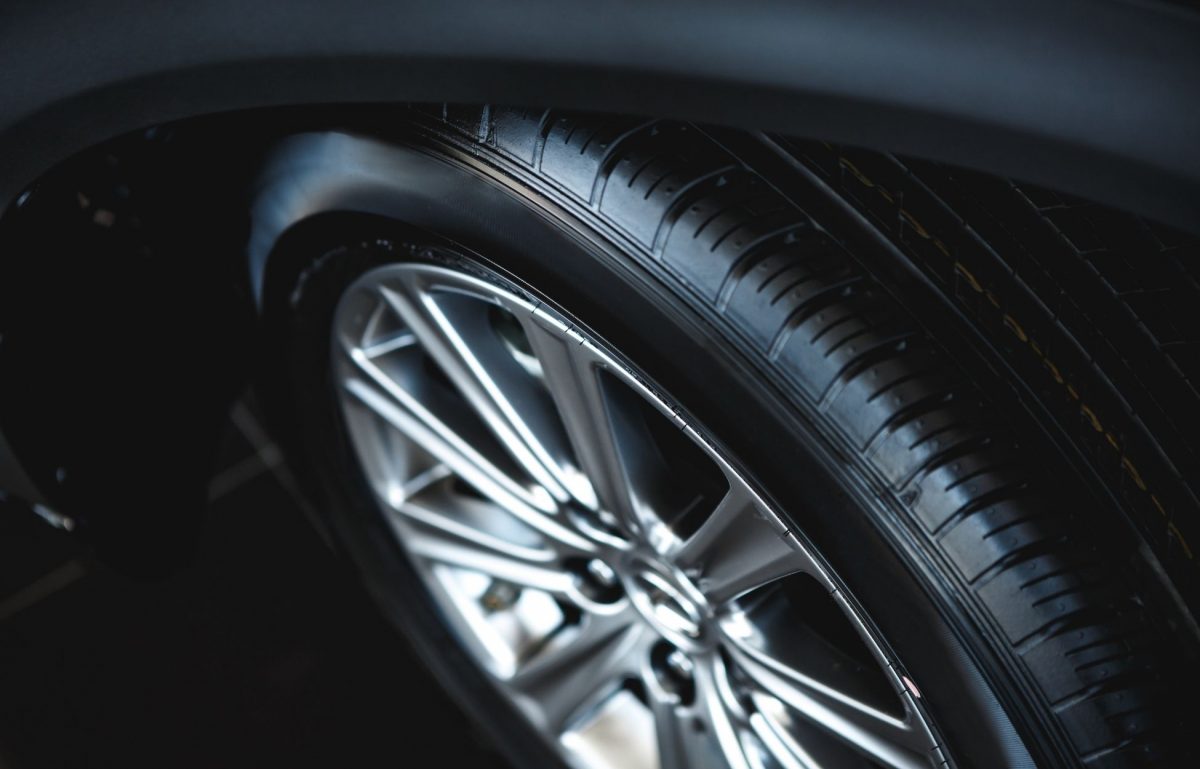Are you considering upgrading your tires to add visual appeal and enjoy a better performance? Then there are a few essential things that you need to know before making any big decisions. Doing so will help you select the perfect wheels to fit your vehicle’s needs. You’ll need to consider your budget, size restrictions, and what you want out of your new tires. To help you out, we’ve put together a list of what to know before upgrading your car’s wheels.
Know Your Existing Tires
Before you go buying a brand-new set of tires, you’ll need to know a few key identifying factors of your existing ones. On your tires’ sidewall, you’ll find an arrangement of letters and numbers.
For example, let’s say that you see the following numbers:
- P255/70R 17 94 H
The 255 refers to the total width of the tire in millimeters. The 70 is the aspect ratio. The letter R stands for radial construction. The number 17 means that it’s designed to fit a wheel size of 17 inches. Finally, the H indicates the speed rating of the tire, which means it’s suitable for speeds up to 94 mph.
Knowing this information will help you select new tires that fit your vehicle.
Hub Size
The next factor to consider is your hub size. Do your best to measure the diameter, width, and bolt pattern. A 16-inch wheel usually has a five-lug bolt pattern in it. A bolt wheel pattern is a measurement that reads as 5×100. It stands for five studs with a total diameter of 100 millimeters.
You’ll need to know your hub size and pattern before buying new tires. Otherwise, you risk buying tires that won’t fit your car at all!
Offset and Backspacing
Even with all the measuring that you’ve already done, there’s still more. You’ll also need to account for offset and backspacing.
- Offset is the distance from the center of the wheel to the mounting surface.
- Backspacing is the total distance from the back of the wheel up to the surface of the mount.
Wheel Design
When upgrading your wheels, consider the new wheels’ appearance. Do you want them to look exactly like the original ones from your car’s manufacturer? If so, consider choosing a set of replica wheels. Do you prefer a shiny, chrome-plated option or a subtler, matte version? Consider the appearance you want your wheels to have, and make your selection accordingly.
Plus-Sizing
Finally, consider if you want to plus-size your wheels. This term refers to installing wheels that are bigger than the vehicle stock. It achieves a very sporty look and provides a firmer grip.
So that’s what to know before upgrading your car’s wheels. Make sure to follow this guide closely to know what types of tires and rims will fit your vehicle.













